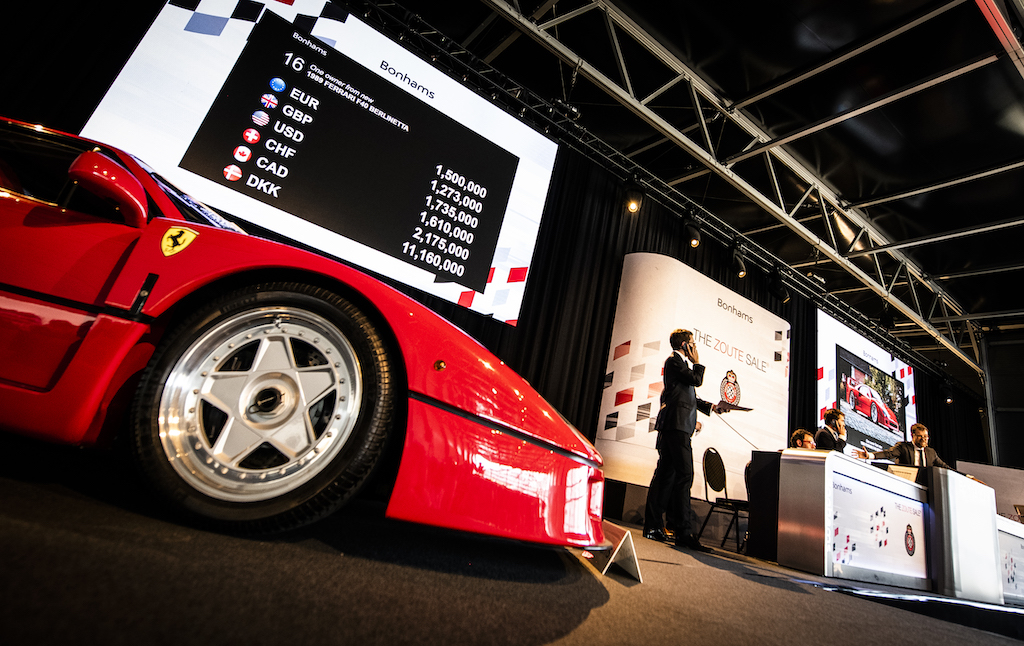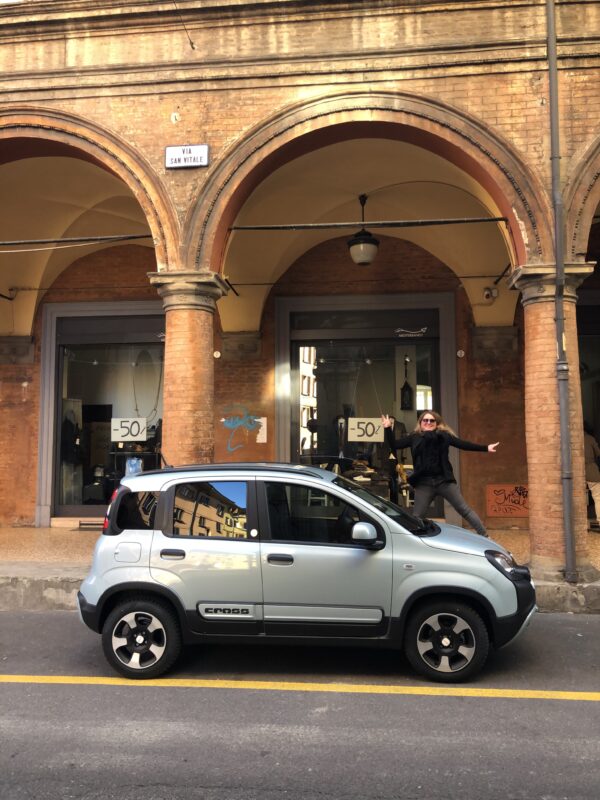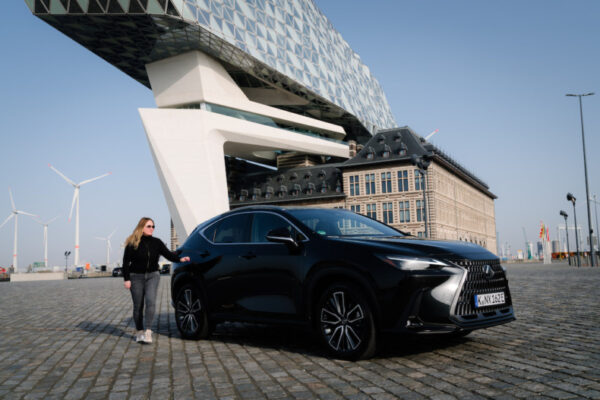Money in the bank that is decreasing in value. Stock markets collapsing with regularity. A person would be better off looking elsewhere for an alternative tangible investment. A car, for example. But how do you start? Philip Kantor, International director and European specialist in the Classic Motor Cars Department at Bonhams 1793, brings buyers and sellers together from his home base in Belgium. Especially for the new year he gives us his investment tips.
Text: Anja Van Der Borght
The international auction house Bonhams was founded in 1793 and is the third largest auction house in the world after Christie’s and Sotheby’s. For Europe Bonhams has two auction venues in London, since BREXIT a Paris based sale room but currently the European centre of Bonhams as far as collectors’ cars are concerned lies between Paris and Brussels: the domain of the British national Philip Kantor, international director at Bonhams 1793 and Head of Department of Bonham’s European Motor Car department.
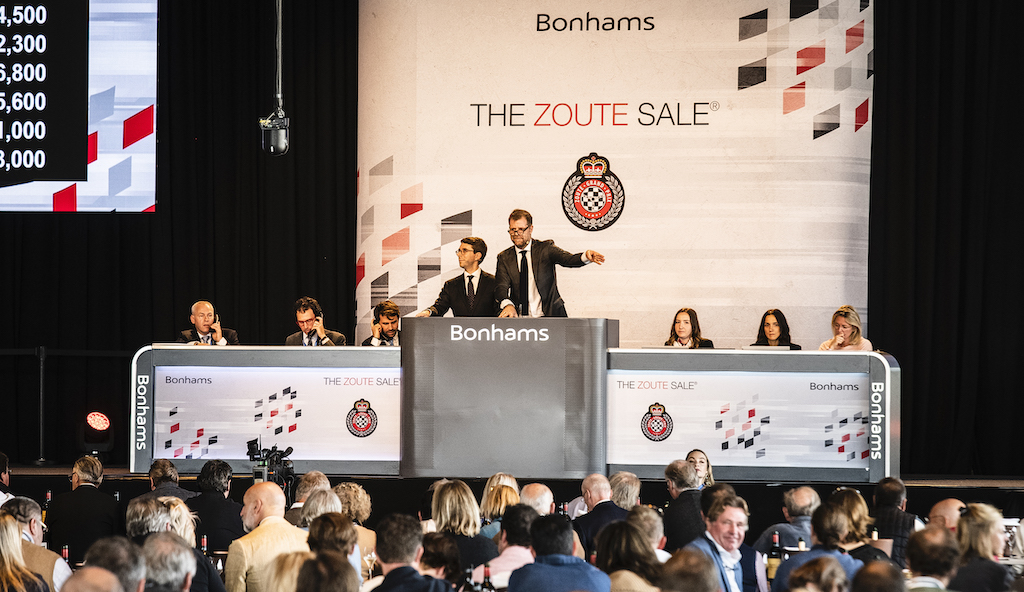
What are the general trends in the vintage car market?
Philip Kantor: “The classic car market has been doing very well for the last ten years. People have lost faith in the stock market and in paper and are looking for other things to invest in. Art, gold, classic and collectable cars, … In short, tangible when possible mobile assets that give them pleasure while retaining their value. As a result, in our market we have not felt the crisis but the prices of vintage cars have continued to rise without stopping until about 3-4 years ago. Today, end 2021, the market is still very active and for the best quality and rarity in other words, investing in an original or well-restored car is and remains a good business. Moreover, the market is constantly evolving. Usually people buy from a sense of nostalgia, they remember a car they were impressed with in their childhood or that their parents or relatives drove. Potential buyers who still knew the pre-war cars are in the meantime very old and less active in the market hence that period has been less favourable with the exception of very sporting cars or those with exceptional coachwork for some time now. Certain sports cars and exclusive models with flamboyant bodywork from the 1930s still sell well, but this is not the case for the more basic models from the same period. In recent years we have also noticed a significant trend around racing cars eligible for historic racing events. The roads are no longer playgrounds, and car enthusiasts prefer to drive their cars on circuits or in historic rallies such as the Tour Auto or the Mille Miglia rerun. For the rest, the laws of the market have remained unchanged: the more exclusive and the more obvious the origin, the more expensive.”

I think buying a car solely with the focus on what it will fetch is the wrong motivation. A buyer needs to love the specific car or brand in the first place and feel comfortable with it should the car suddenly be worth half as much the year after due to unforeseen market circumstances.
Philip Kantor, international director at Bonhams 1793 and Head of Department of Bonham’s European Motor Car department
What should you watch out for if you want to buy a car as an investment?
Philip Kantor: “Speculation is not very good. People who are not sure what to buy are best advised by a professional. Inform yourself well, too. Look in catalogs of reputable auction houses. The descriptions of the cars there are very good. The Internet has also opened up a whole new market. You go to certain sites, type in a model and in one click you find all models from all over the world. That makes buying a car much easier, even for people who don’t know much about it. In addition, I think buying a car solely with the focus on what it will fetch is the wrong motivation. A buyer needs to love the specific car or brand in the first place and feel comfortable with it should the car suddenly be worth half as much the year after due to unforeseen market circumstances. To avoid this, it is always better to invest in cars that are only made in limited numbers. Preferably also from a prestigious brand such as Porsche, Ferrari, Mercedes, etc. It is also important that the car is in the best possible original condition or that it is very well restored. In other words it is important that it comes with maximum specifications showing that it looks exactly as it did when it left the factory. In other words no other engine must have been put in, nothing changed on the exterior or interior, no other details added.”
“It is always better to invest in cars that are only made in limited numbers. Preferably also from a prestigious brand such as Porsche, Ferrari, Mercedes, etc. It is also important that the car is in the best possible original condition or that it is very well restored. In other words it is important that it comes with maximum specifications showing that it looks exactly as it did when it left the factory.»
Philip Kantor, international director at Bonhams 1793 and Head of Department of Bonham’s European Motor Car department
Where does the ordinary mortal find that kind of factory specification?
Philip Kantor: “We as professionals have access to the archives of major constructors like Ferrari, BMW, Mercedes, … But these archives are not accessible to the general public. It’s not like you can just call and ask for some information. You have to be able to prove that you are a professional or that you own the specific car you are looking for information about. That search service is a paid service, by the way. For a consultation you can easily pay a few hundred or even several thousand euros.”
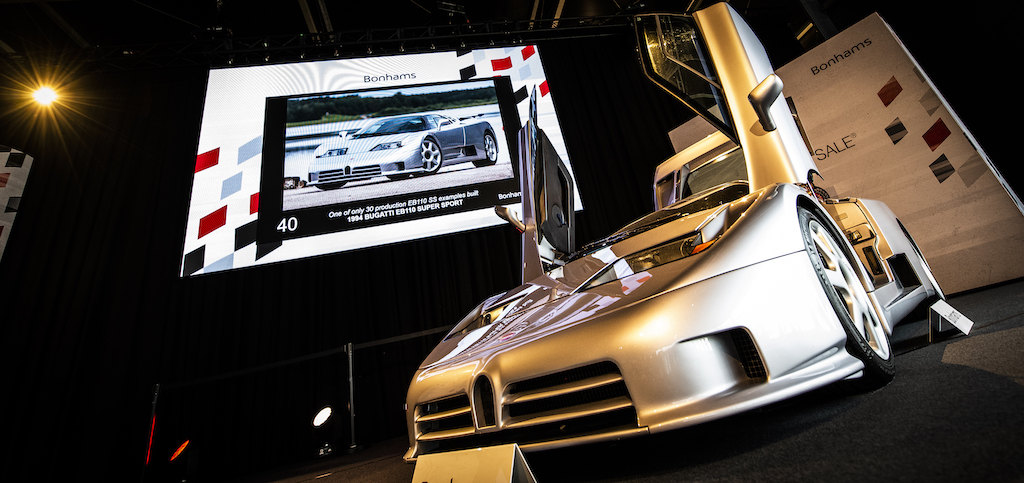
What drives up the value of a car?
Philip Kantor: “Colors are not that important in our business, provided of course that it is the original color of the car, but if the car has been owned by a VIP, then that can increase the value of the car. Limited series cars are by definition exclusive and therefore worth more, while tuning decreases the value of a car. For us it is important that the car is in as original condition as possible and in good operational and cosmetic condition.”
What return is possible on an investment in a historic car?
Philip Kantor: “Let’s take a Ferrari GTO, a true iconic car, whose value has risen since 2003 from 8 to 9 million dollars to 70 million dollars today. This is an extreme example, but it gives an idea of the potential rate of increase. The car is therefore the nec plus ultra. Not only is it a sporting myth that won in the GT class Le Mans, it drives so well that you might as well go for croissants on Sunday morning with it. A lot of Ferrari models have doubled or tripled in value over the same time span. A Ferrari Daytona cost around 80,000 to 100,000 euros in 2003, in 2018 it was 750,000 euros but now it is down to 500,000 euros if it is in perfect condition. There are 1,250 models made, which is a lot for Ferrari in the late sixties and early seventies but what stops a lot of people is that you can’t drive it fast on the highway due to speed limits. Another example is the BMW 507 which was worth 400,000 euros in 2006 and is now over 2,000,000 euros.”
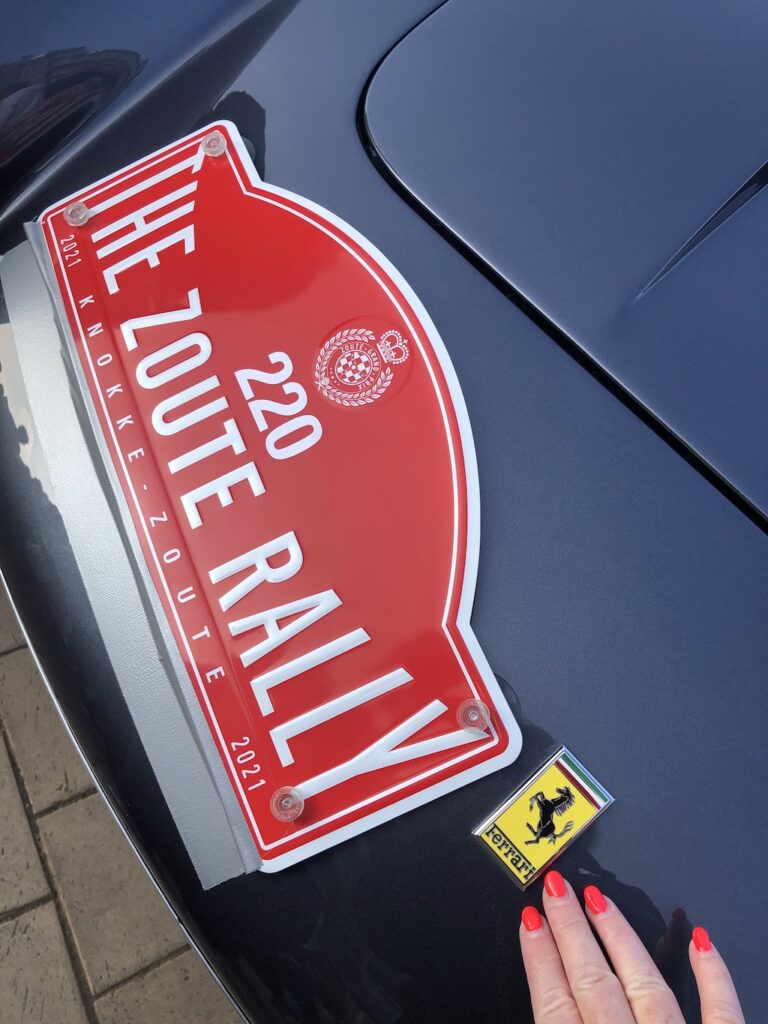
Can an anniversary have a positive impact on the price ?
Philip Kantor: “For some rare cars, an anniversary can increase the price but it is not the determining factor: rarity, beauty and the brand are more important factors.”
Do you have any investment tips? Which cars are interesting to invest in now?
Philip Kantor: “Cars that are eligible for historical events, for Concours d’Elegance or that simply don’t drive in traffic anymore. A convertible Ferrari is currently easier to sell than a 1970s Ferrari coupe with little room inside and therefore has more market value. Take an ’80s Ferrari Testarossa: it is so hard to sell that you can easily find one for between 60,000-90,000 euros. It’s true that not that many of them were made but it’s not that convenient to use today. Not only does the twelve-cylinder consume a lot, the Testarossa was ultimately made to be able to drive from one place to another very quickly and the traffic conditions are not the same now. Now sadly you can cross Europe much better with a sedan with a hybrid engine than with a Testarossa.”

Anthony McLean and his wife at their best of show – pre-war: Lancia Lambda Casaro.
© Anja Van Der Borght
What would you recommend to someone with a budget of 200,000 euros?
Philip Kantor: “A lot depends on what exactly the person in question wants to do with the car. Does he only want to take it out to participate in Concours d’Elegance or rallies, or does he just want to be able to drive to play golf with it on the weekends? The easiest answer is a classic Porsche 911 but if we just focus on models, there are some Maserati’s that are low and attractively priced. For 200,000 euros you can already get your hands on a very nice Maserati Ghibli. Its equivalent at Ferrari, the Daytona, is easily worth two to three times the price. The Porsche 911 also holds its value well. Porsche has always stuck to its basic philosophy. Even a Porsche Boxster or Cayman fits into that philosophy. The problem is that a lot of manufacturers are making current cars that no longer have any connection to the original product. The new Bentley Continental, for example, is ultimately a VAG Group product with a nice luxurious leather interior but all the technology is from Audi.”
If the car has been owned by a VIP, then that can increase the value of the car. Limited series cars are by definition exclusive and therefore worth more, while tuning decreases the value of a car.
Philip Kantor, international director at Bonhams 1793 and Head of Department of Bonham’s European Motor Car department
Do you also have a suggestion for a budget of 50,000 euros?
Philip Kantor: “For 50,000 euros, you have to look mainly among cars that have large runs and there is not much of interest there. With that kind of budget you have to choose a product that you buy for pleasure and less as a potential investment. An Austin-Healey, for example, you can find now for 45,000 and in a few years it might be worth 5,000 euros more but no more than that. There are just too many of them made with the exception of the very special versions but those are also more expensive to buy.”
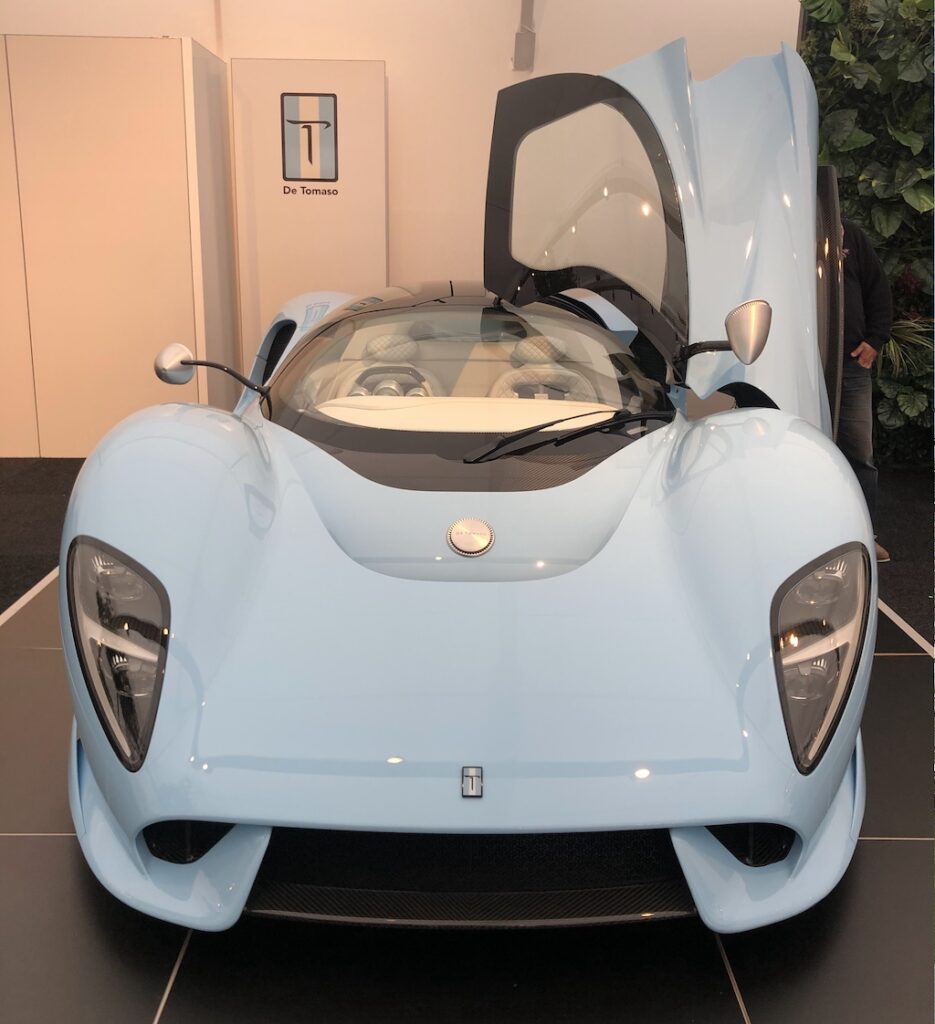
© Anja Van Der Borght
I assume that you also feel the impact of emerging countries ?
Philip Kantor: “We are gradually noticing that there is some demand from Russia, the Gulf States and Eastern Europe. These are usually collectors from countries such as Argentina, where there is a motor car culture but their numbers remain limited.
How do you see that market evolving in the future?
Philip Kantor: “It’s difficult to say whether oldtimers will go out more and more to emerging countries. For the moment, only a small elite is interested in this type of product. You have to count that people from those countries have no heritage or history at all in terms of luxury cars. Since 1917 in Russia there was the Lada and that was it. Also in China there is no car culture like there is in Europe or America. We saw our ancestors driving certain cars and that is not the case with the Russians, Chinese or Brazilians. It’s also not that when they have more disposable money in ten years, they will buy a classic Jaguar car. I think they will focus more on more recent cars that they know from their childhood. Buying often has to do with nostalgia and they have absolutely no link to a car that is fifty years old or older.”
How do you see the future for European consumers?
Philip Kantor: “Personally, I don’t think that the majority of cars will go to emerging countries. It is true that a lot of countries have become poor in exceptional cars. France is a textbook example of this. Most of the quality cars from the country have been sold and exported to other regions such as America, for example. In our country, too, there are only a few major collectors. In Belgium, people focus much more on mid-range cars like a Jaguar E-Type, a Mercedes-Benz 190SL, a Porsche 356 or any Austin-Healey model. They are not really important cars. They look sympathetic but are actually – to put it crudely – made for people who don’t know much about cars but mainly want to have fun with wife or friends and occasionally take part in a small rally.”
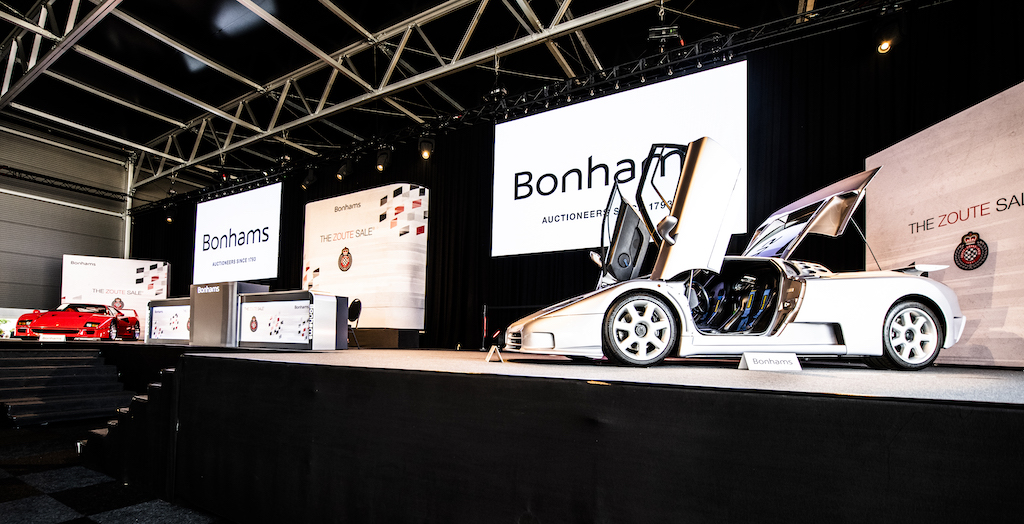
Why is it better to (sell) a car through an auction rather than privately ?
Philip Kantor: “The buyer can bid and is therefore not stuck with a set price which can still be a financial advantage. An auction is best for rare and non quantifiable cars and is also a public barometer for the value of an object, which means that people are well informed about prices. On top of that, as a serious company with an excellent reputation for 250 years, we offer some kind of guarantee. The cars are thoroughly screened for origin, restoration, … We give a thorough description and estimate. So the buyer knows exactly what he is buying.
We at Bonhams thoroughly screen the cars for provenance, originality, restoration, … and provide a thorough description and market correct estimate, so that the buyer knows exactly what he is potentially bidding on.
Philip Kantor, international director at Bonhams 1793 and Head of Department of Bonham’s European Motor Car department
When will the next big Bonhams car auction take place ?
Philip Kantor: “Les Grandes Marques du Monde au Grand Palais éphémère” with the sale on February 3rd, already comprising two great private prewar collections fresh to the market.
Bonhams, founded in 1793, is one of the world’s largest and most renowned auctioneers, offering fine art and antiques, motor cars and jewellery. The main salerooms are in London, New York, Los Angeles and Hong Kong, with auctions also held in Knightsbridge, Edinburgh, Paris, San Francisco and Sydney. With a worldwide network of offices and regional representatives in 22 countries, Bonhams offers advice and valuation services in 60 specialist areas.
For a full list of forthcoming auctions, plus details of Bonhams specialist departments, please visit bonhams.com
The ZOUTE GRAND PRIX CAR WEEK 2022 will take place from 5 to 9 October 2022. More information about this edition and the different rallies that will take place in the coming months on www.zoutegrandprix.be.
